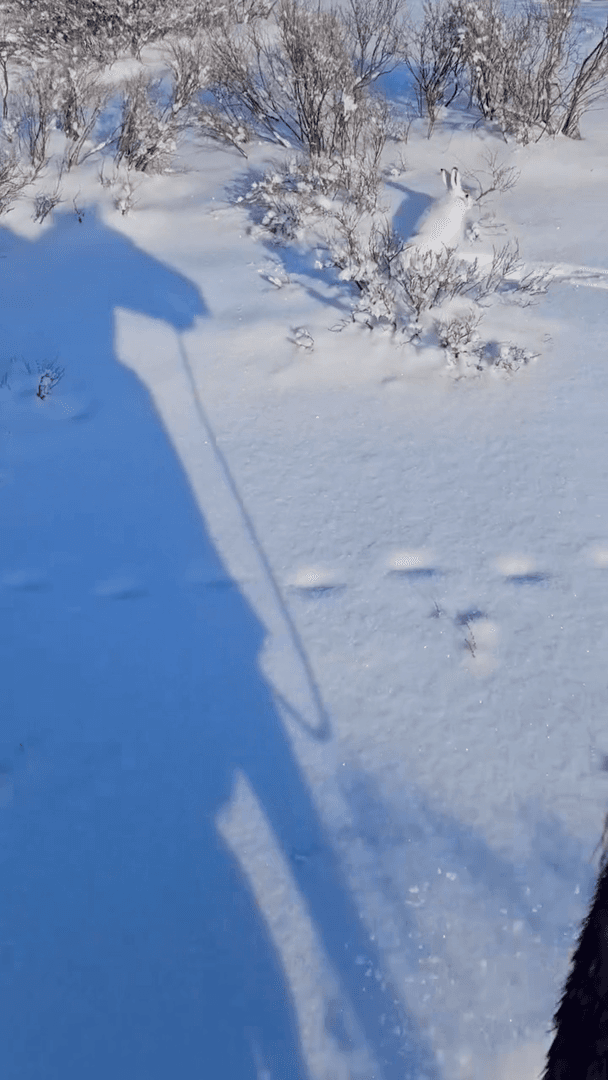
Hunting in ONTARIO, Canada: A Look at Seasons, Laws and Geographical characteristics, Demographics, Associations and Clubs Ontario (Ont.), Canada, is a hunter’s paradise, offering vast wilderness, diverse wildlife, and a rich hunting tradition. With its expansive forests, pristine lakes, and rugged landscapes, the region provides an unparalleled hunting experience. Whether you’re a seasoned hunter or a beginner, Ontario’s natural beauty and abundant game make it a top destination for hunting enthusiasts. Geographical and Natural Features of Ontario for Hunting Ontario is Canada’s second-largest province, covering over 1 million square kilometers. Its diverse geography includes the boreal forest in the north, the Great Lakes in the south, and the Canadian Shield’s rocky terrain. These features create ideal habitats for a wide range of game species. The province is home to dense forests, wetlands, and open fields, offering hunters a variety of terrains to explore. The northern regions
Post: 16 May 07:35














































